The Lure Of Rotary Wing Flight
ARTICLE DATE: October 2000
Well, I can say this much. “If a helicopter were a pet, it certainly would be a CAT and not a DOG.” It is my humble opinion that a DOG at least WANTS to please you, even if not very successful at times.
Whereas a CAT will take delight in humbling you at every turn, and can find at least a hundred ways to prove to you that it does NOT have to cooperate. I made the observation that it seems to me that a helicopter would rather be ANY WHERE but where it is. The experienced helicopter pilot that I made that observation to, added “…and at any price even if it destroys itself getting there!”
These impressions may sound a little exaggerated, but I can tell you that at first, they seem very much like reality. I am in the initial stages of my training. So far I have been limited to hovering, and am still yet to get my “Hovering Solo” sign off.
I am a long-time “Bush” driver, my experience consisting largely in the DeHavilland family of float planes here in Northwestern Ontario, Canada. My hometown of Ear Falls is 160 air miles north of the infamous city of International Falls, MN – usually the coldest place in the continental US. Ear Falls is also the home of Canadian Home Rotors, builders of the SAFARI Helicopter kit.
It is the SAFARI in which I have been doing my training
Just so you get the picture, the SAFARI is a helicopter that uses fairly conventional helicopter technology. It has a 160 Hp Lycoming aircraft engine with a geared transmission and a drive shaft carrying the power to the tail rotor gearbox. You look at the SAFARI and easily relate it to the Bell 47 as seen on the TV series “MASH”. Because of its strength and power, my 200lb plus a very muscular instructor are handled nicely.
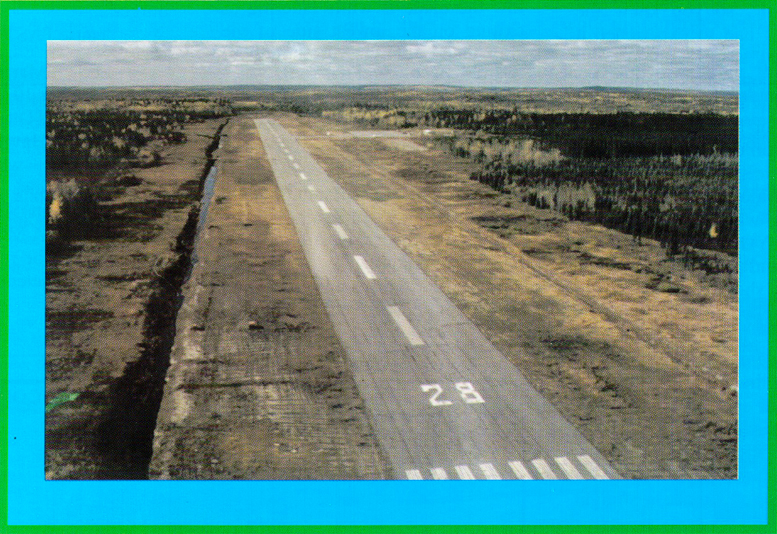
The first thing to learn is all the terms and functions for the controls. The floor-mounted stick between your legs is the “Cyclic.” The cyclic relates loosely to the stick in a fixed wing. You move the cyclic right or left to move the ship laterally. Forward and back, however, does not cause the ship to go up and down. That is for the “Collective.”
And, we’ll get to that later. Forward on the cyclic causes the ship to move forward, and likewise back pressure causes the ship to move rearward. While there is some instinctiveness to these movements, fixed-wing experience can get the new pilot into trouble until one gets used to how the machine responds.
The cyclic changes the pitch on the blades as they rotate, giving you more lift in a certain quadrant of the blade circle. This has the effect of flying the blade mass horizontally. Your helicopter, being attached to the center of the mass, has to follow along.
Actually, I view this process almost as though the helicopter is attached to, let’s say, a crane. You are inside telling the crane which way to move you, and you are just hanging from the center of the main rotor. Likewise, you are giving control input to get the hub of the main rotor to move about, and the rest of the machine just tags along!
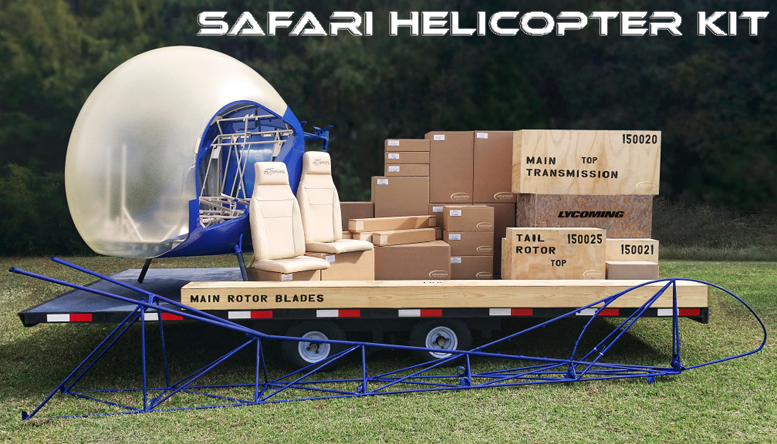
The “Collective” control is a lever that lies on the pilot s left in a horizontal plane and is hinged near the rear of your seat. This controls the ship’s vertical movements. Pulling up on the lever to adds pitch to the blades in EQUAL amounts to climb, and relaxing on the collective lowers the ship.
The collective also has the throttle built into it. The throttle is a twist-grip like on a motorcycle. You twist in the “natural” direction so that you can add power as you lift. An inherent amount of added throttle is built into the lifting action of the collective, in the SAFARI, so that you may not need to consciously add power during liftoff, etc.
This now brings us to the so-called rudders. I learned quickly that on a helicopter, they are NOT rudders. These are-officially “anti torque” pedals. These relate directly to the yaw action of the rudder pedals in a fixed wing. They control the tail rotor pitch and allow the tail of the bird to move laterally.
The tail rotor is producing force at all times to counteract the torque of the main rotor. This is what keeps the helicopter from turning round and round like a top. A little less force allows the machine to turn in the direction of its inclination. More force (pitch) forces the helicopter to further move against its natural tendency.
Of all the controls, your experience as a fixed wing pilot will serve you best here.
We now have 4 controls: Cyclic, Collective, Throttle, and Anti-torque Pedals. I really needed to get all this stuff fairly clear in my mind for the controls to make much sense. Mark Richards, CFI, and part owner of Canadian Home Rotors, took on the thankless task of trying to help me train the SAFARI to ignore my erratic control input. This was no easy task. This thing is NOTHING like my Mooney, and certainly nothing like anything else I’ve ever sat in.
Maybe I should take that back. I was once in the top of an oak tree during a tornado. First, Mark gave me the cyclic only. Now that was some thing to behold. We were on the apron of a small airport, with the strip at least 500 ft away.
According to the witnesses, we caused several missed approaches. The only thing that I remember is wishing that I had upped the insurance on my Mooney, which I hadn’t thought to move to some distant land. Mark has nerves of pure steel and never blinked an eye. In a normal tone of voice offered that I might be over-controlling just a tad.
He did say that when you get more familiar with things, you practically “think” some other point, and you go there. This little tidbit of wisdom served me well. However, the goal at this point was to make the bird stay over a spot or at least over the same airport. Surprisingly, It was not too long in that same session that I could actually imagine taming the thing.
The next hour, we did quite a bit of hovering over a spot, and then he offered me a try at the collective. He followed closely with his hand on the throttle to maintain the rotor RPM. I just tried to keep from get ting too high or too low. He wanted about 3 or 4 feet so I had a little room for error if it started to settle.
Mark tries to let you have the controls and recover from difficulties on your own. This is why he gives you instructions that allow room and time to correct yourself without his control input. The beginning of the next hour, we did all the stuff we’d been doing, then later on he turned the pedals over to me.
If it hadn’t been for the distraction of all the other stuff going on, I think I would have had the pedals nailed pretty well right away. As I said, these are rather instinctive to a fixed-winger. It’s the busyness of it all that gets to you.
The last control to conquer is the throttle. You would think that this should be a nothing, but NOT so in a helicopter. Rotor RPM is of great importance. Mark was looking for a low of 475 RPM and a high of 500 RPM. I found out that many things will rob you of your RPM. A slight lift will sometimes rob you. A turn against the wind will take extra horsepower, and rob you.
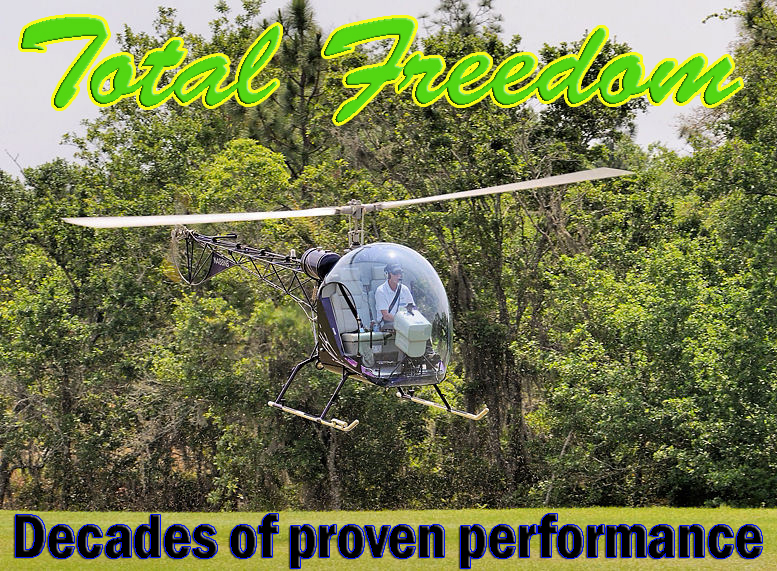
“Bobbing about” while trying to stay over a spot will rob you. In some of these cases, all you need to do is turn, or get it to settle down and the RPM will build without any throttle input. Keeping the RPM up is noticeably harder if it is a hot day, a windy day, or with the extra weight of full tanks. The extra inches around my waist are no help during these conditions, either (now why did I have to bring that up).
During all the training up to this point, Mark did all the takeoff’s and landings at the beginning and ending of the sessions. I was a very busy person just trying to keep the thing airborne and in the general area. Now was the time to move on to getting it off the ground and back down again without breaking any thing.
You’d think that, knowing how the collective works, all you have to do is pull up to take off and let down to land. That IS what you thought, isn’t it? Is the correct answer that obvious? Work with me here. I don’t want to admit that I am the only one living in ignorance. I can tell you are waiting for the correct answer. The answer is NO, it’s not that simple.
Ok, OK, so you knew the answer, but I had to experience it myself. You see, I couldn’t tell what the helicopter was about to do. I did not know if my controls were in position for a direct straight up liftoff or in some other position that would take the ship off in the direction of my Mooney. Notice how I keep finding ways to mention my Mooney (If YOU have a Mooney you understand).
Mark showed me how to make the helicopter light on it’s skids and wiggle the rudder pedals (oops) to find neutral. The same tactics work on the cyclic. If the helicopter is light enough, you can tell which way it is “creeping” and make correcting control inputs till it stays at one spot. At this point it is safe to add collective and make a straight up liftoff.
The problem with landing is somewhat different. Of course, you normally do not want to land till you are steady over a spot. The difficulty comes when you take the load off the rotors without correcting pedal pressure. If you take the load off the rotor and/or throttle back without the pedal input, the machine will actually twist on the ground.
This is because the equal-and-opposite force you had to maintain yaw control while in the hover is no longer equal, and so the twisting action. This serves to give you quite a scare, and looks VERY unprofessional!
Now we’re up to approximately hour five, moving on to things like run-on landings where you are still moving forward at slow speed while setting her (the ship) down. (Now we know it’s a she AND a cat). These are fun once you see she will not dig in and tip over.
We also practiced landing on uneven ground, and judging what kind of ground not to land on; a very cautious practice. The rule is: just don’t do it if there is a choice. Aside from the fact that helicopters do not adapt well to uneven ground, you run the risk of seriously injuring or killing either yourself or someone else who misjudges how low the blade is while entering or exiting on the lowest side of the ship, and I HATE the sound of sirens.
I am taking my training at a very slow pace. Sometimes several months are between sessions. Mark says that if we could get a few hours in quick succession, I could “Hover Solo” soon. This will not happen till I have at least I very satisfactory, “completely in control, cold liftoff”. This is a liftoff during the first exercise of the day, in other words with no practice warm-up.
Learning to fly a helicopter has been an absolutely wonderful experience. The SAFARI is a no-nonsense, predictable, and reassuring platform to learn on. Helicopter flying is a completely different dimension in aviation experience. If you have a few extra dollars set aside for some recreation, go buy an hours training in a helicopter. You will never regret having done it.
Speaking of flying, I think I’ll go put some wind under the wings of the ole’ M……..(you-know- what) for a trip and a $100.00 ham burger…. ‘cause FAST is fun too!
Lee Martin got his Commercial in 1974; has 6000 hrs in: DeHavilland Otters (Floats, skis, wheels), DeHavilland Beavers (floats, skis, wheels), Cessna 180,185 (Floats, skis, wheels), Beech 18 (Floats), Beech Queen Air …AND A MOONEY.
SAFARI Kit Helicopter Earns Gold Lindy Grand Champion Rotorcraft Award at EAA AirVenture 2008
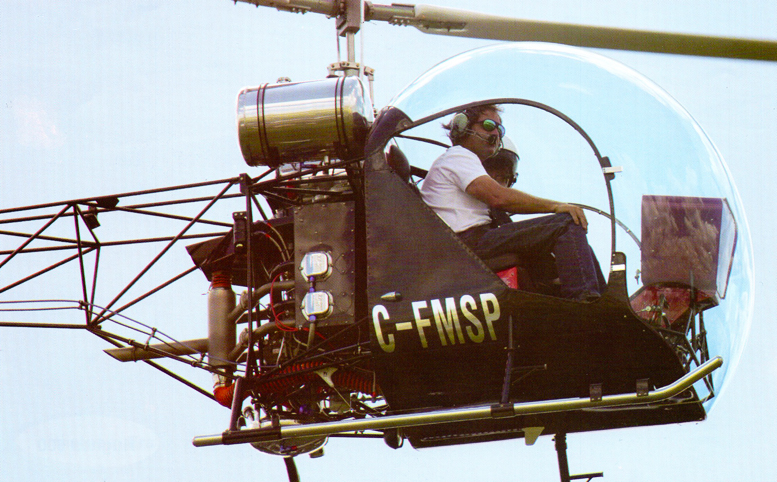
A SAFARI Kit Helicopter constructed by home builder Al Rulton, of London, Ontario Canada has won the Gold Lindy Grand Champion Rotorcraft Award at EAA Airventure 2008, held annually at Oshkosh, Wisconsin USA.
This event, one of several held each year by the Experimental Aircraft Association, is billed as the largest General Aviation gathering in the world. While many manufacturers of certified aircraft regularly attend and consider “Oshkosh” to be one of their most important venues, the event has historically promoted experimental aircraft in its many forms.
Murray Sweet, President of CHR, said, “While CHR has been exhibiting the SAFARI Helicopter at Oshkosh for 17 years, the number and quality of completed SAFARI Helicopters brought to the show by home builders was exceptional this year. Each of these enthusiasts has taken the foundation provided by the SAFARI Helicopter Kit and applied skill and craftsmanship to create an aircraft that is uniquely their own. The recognition of Al Rulton’s meticulous work on his SAFARI Helicopter was well deserved and we congratulate him.”
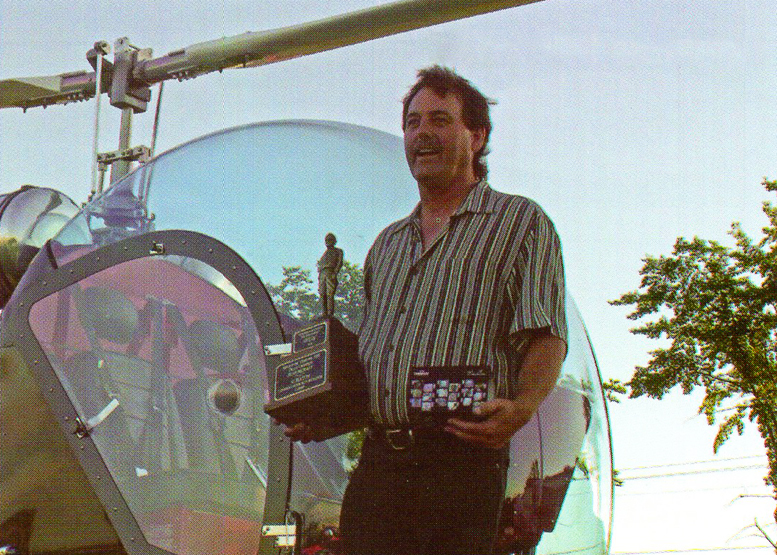
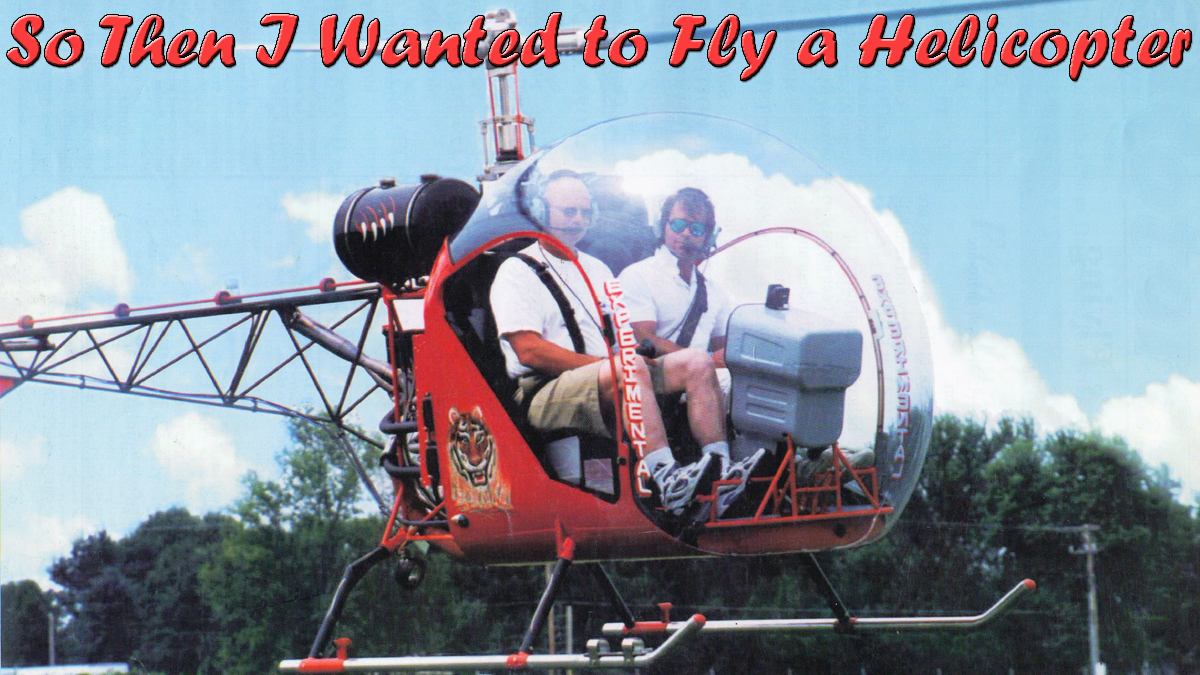

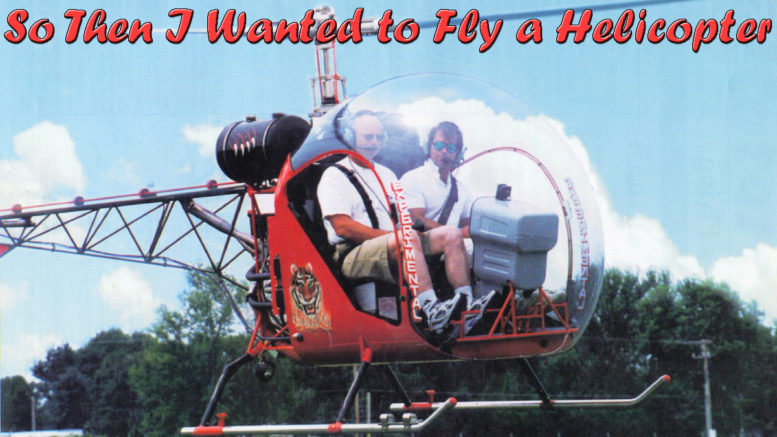
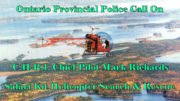
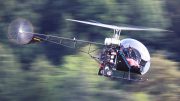

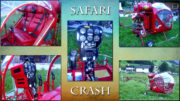
Be the first to comment on "So Then I Wanted to Fly a Helicopter"